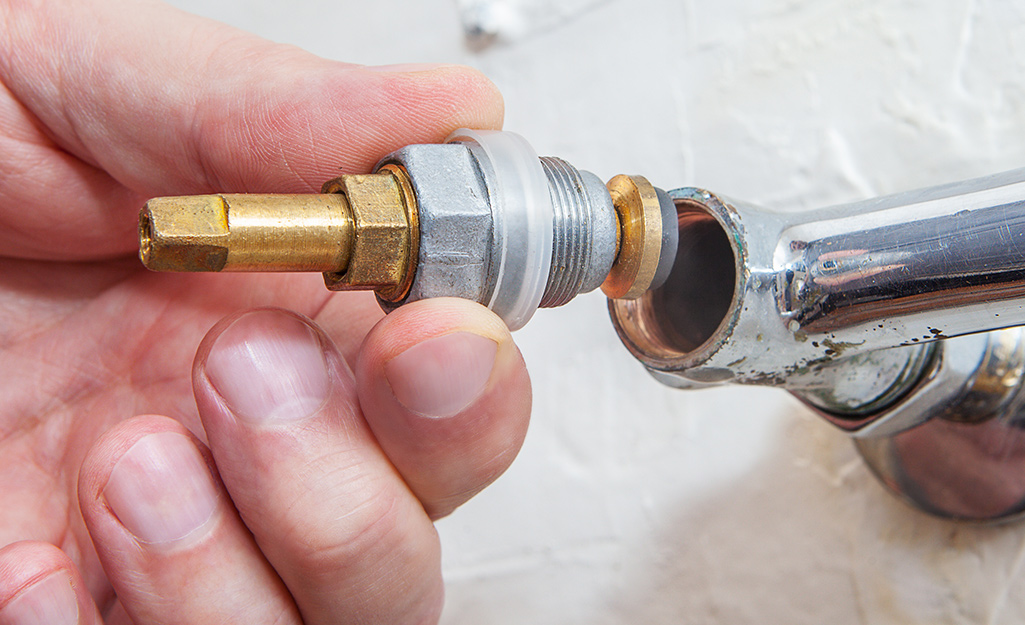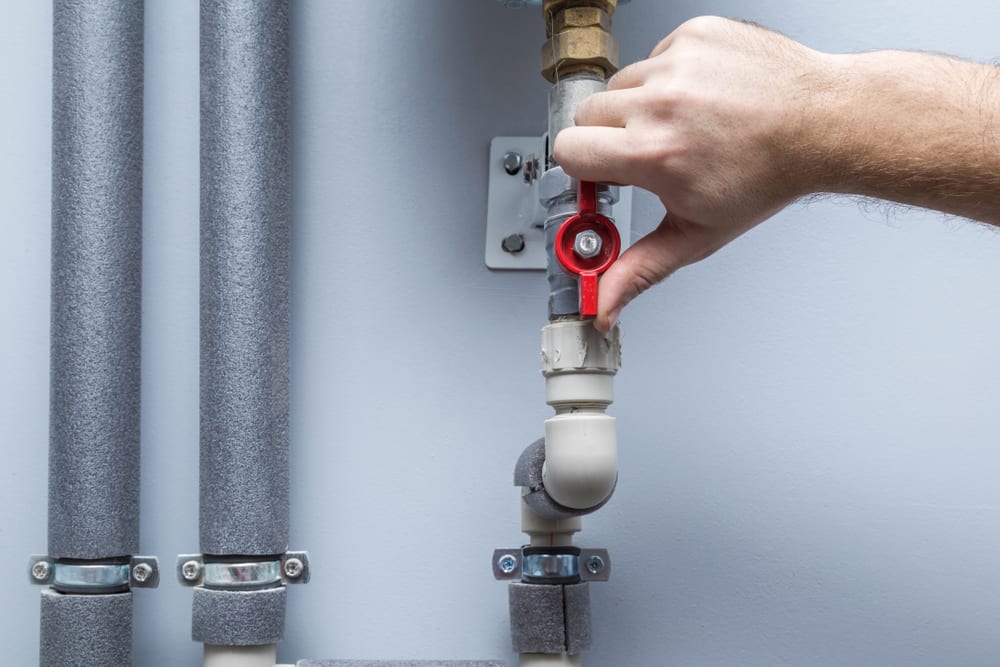What It's Necessary to Repair a Malfunctioning Faucet
What It's Necessary to Repair a Malfunctioning Faucet
Blog Article
Just how do you actually feel in regards to Water Dripping from Faucet: Why and How to Fix?

Leaking faucets may look like a minor trouble, however their effect exceeds just the inconvenience of the noise. From drainage to incurring unneeded economic expenses and health and wellness dangers, disregarding a leaking faucet can lead to various consequences. In this article, we'll delve into why it's crucial to resolve this usual family issue promptly and properly.
Wastefulness of Water
Ecological Impact
Dripping taps add substantially to water waste. According to the Environmental Protection Agency (EPA), a solitary tap dripping at one drip per secondly can squander more than 3,000 gallons of water each year. This not just strains water sources yet likewise affects ecosystems and wild animals based on them.
Step-by-Step Guide to Fixing a Dripping Tap
Tools Called for
Before trying to take care of a dripping tap, gather the necessary devices, including a flexible wrench, screwdrivers, substitute parts (such as washing machines or cartridges), and plumber's tape.
Typical Tap Issues and Their Solutions
Determine the type of faucet and the details problem causing the drip. Typical problems consist of worn-out washing machines, corroded shutoff seats, or defective O-rings. Describe producer guidelines or on the internet tutorials for detailed guidance on repair services.
Financial Costs
Boosted Water Bills
Past the environmental effect, trickling faucets can blow up water expenses considerably. The built up wastefulness in time equates right into higher utility expenditures, which could have been prevented with prompt repair work.
Possible Home Damages
Furthermore, long term dripping can result in harm to components and surfaces surrounding the faucet. Water buildup can cause staining, rust, and also architectural issues if left ignored, causing additional repair work prices.
Wellness Worries
Mold and Mold Growth
The constant presence of moisture from a leaking faucet produces an optimal environment for mold and mildew development. These fungis not just compromise interior air high quality yet likewise present wellness threats, particularly for individuals with breathing problems or allergic reactions.
Waterborne Conditions
Stationary water in trickling taps can come to be a breeding place for bacteria and other pathogens, enhancing the risk of waterborne diseases. Pollutants such as Legionella germs prosper in stationary water, possibly causing severe diseases when ingested or inhaled.
DIY vs. Professional Repair work
Advantages and disadvantages of Do It Yourself Repair Service
While some may attempt to repair a leaking faucet themselves, DIY repairs feature their very own set of challenges. Without proper expertise and devices, DIY attempts can exacerbate the issue or bring about insufficient repair services, extending the problem.
Benefits of Working With an Expert Plumber
Working with a specialist plumber makes sure that the underlying reason for the dripping tap is attended to successfully. Plumbings possess the expertise and tools to identify and repair tap problems efficiently, conserving time and reducing the risk of more damage.
Ecological Obligation
Individual Payment to Conservation
Taking duty for taking care of dripping taps lines up with broader initiatives toward water conservation and ecological sustainability. Every individual's activities collectively make a substantial effect on preserving valuable resources.
Lasting Living Practices
By prioritizing timely repairs and embracing water-saving habits, people contribute to sustainable living methods that benefit both present and future generations.
Safety nets
Routine Upkeep Tips
To prevent trickling faucets, do regular maintenance such as cleansing aerators, inspecting for leakages, and changing worn-out parts immediately. Additionally, think about mounting water-saving gadgets or updating to more effective components.
Importance of Prompt Fixes
Addressing dripping taps as quickly as they're noticed stops further water waste and possible damages, ultimately conserving both water and cash in the future.
Impact on Building Value
Understanding of Well-Maintained Residential Property
Maintaining a residential property in good condition, consisting of dealing with maintenance issues like dripping faucets, improves its viewed worth and worth amongst potential buyers or renters.
Influence on Resale Value
Features with well-maintained plumbing fixtures, including faucets, command greater resale worths in the property market. Resolving dripping taps can add to a favorable impression throughout property evaluations and settlements.
Final thought
Dealing with a leaking faucet goes beyond simple comfort; it's a necessary action towards saving water, decreasing monetary costs, and safeguarding health and property. Whether via do it yourself repair services or expert support, taking action to deal with trickling faucets is a little yet impactful means to advertise accountable stewardship of resources and add to a healthier, extra lasting future.
How to Fix a Dripping or Leaky Faucet
A leaking faucet is one of the most common problems that homeowners encounter, but it being commonplace doesn’t make it any less annoying. The constant drip drip drip of a leaking bathtub faucet, showerhead, or sink tap can disturb your home’s serenity. Left neglected, a dripping faucet can also result in higher water bills and discoloration or mold growth in your sink or plumbing fixtures.
Fortunately, you don’t have to be a trained plumber to know how to stop a dripping faucet. With some basic tools, replacement parts, and a little patience, leaky faucet repair is a breeze. In this article, we’ll explain what causes dripping faucets and how you can fix them.
What Causes a Leaking Faucet?
Kitchen and bathroom faucets come in all manner of designs, but most involve some combination of valves, O-rings, seals, and washers. The O-ring is usually the weakest link, but any one of these pieces can wear down over time. Heat, moisture, temperature fluctuations, minerals, mold, and movement can contribute to warping and corrosion, breaking the watertight seal. This just comes with the territory of being a homeowner. Everything is always subject to wear and tear, and some component parts of your appliances and fixtures need to be replaced on occasion. At least replacement O-rings are cheap!
More rarely, dripping faucets can be a symptom of excessively high water pressure. Were this the case in your home, you would probably notice that the leak is not isolated to one faucet. Water pressure issues are harder to resolve on your own. We recommend contacting a professional plumber if you suspect your water pressure is too high.
How to Fix a Dripping Faucet
Pipe wrench or monkey wrench Allen wrench set Screwdrivers Old towel or rag Shut off the water.
Before you do anything, you need to turn off the water to keep from drenching your kitchen or bathroom. You should find a valve under the sink and against the wall. Once you’ve turned this valve, try turning the faucet on to confirm that the water source has been cut off.
If you can’t locate your local valve for the faucet you’re working on, you can always shut off the water to the house at the main valve. Of course, this will prohibit anyone from using the sinks, showers, or toilets while you’re working on the faucet that’s giving you trouble.
Plug or block the drain.
You’ll be disassembling the faucet and removing some small bits of hardware. Plug the drain with a stopper or rag to avoid the possibility of a small screw falling into your P-trap.
Take apart the faucet assembly.
There are several varieties of kitchen and bathroom faucets, each with its own manner of assembly. For detailed instructions on how to disassemble your faucet, you can refer to the fixture’s manual or contact the manufacturer. If you know whether you have a ball, disc, cartridge, or compression faucet, you can find detailed schematics online.
In general, you need to begin by removing the faucet handles. You might notice a small screw that you’ll need to remove with a screwdriver or Allen wrench. If you don’t see any visible securing hardware, it’s likely hidden under a decorative cap that can be unscrewed or popped off with flathead screwdriver.
Remove each piece methodically, consulting a schematic when necessary. Take notes or arrange the pieces in such a way to make it easier to correctly reassemble the faucet later.
Remove the cartridge.
Once you’ve removed the handles and securing hardware, you should be able to remove the valve cartridge or stem. Some cartridges will slide right out. Other faucet models will require you to loosen a nut with a pipe wrench before you can remove the valve stem.
Examine the exposed hardware.
With the cartridge or stem removed, inspect the component parts. Check the rubber O-rings for wear and tear. Also examine the seat washer for corrosion or other damage. These pieces are usually the responsible parties for a dripping faucet, but it’s worth inspecting the other component parts while you have the faucet disassembled.
Find replacement parts.
Once you’ve identified which faucet component has failed, find an identical replacement. Your local hardware store should have O-rings, seat washers, and other standard components in stock. If you have a luxury or uncommon faucet, you may have to contact the manufacturer for a replacement part.
It’s a good idea to take your old parts with you to the hardware store so you can compare them with the store’s inventory and be sure you’re purchasing the correct replacement.
Reassemble the faucet.
With your new parts in hand, reconstruct the faucet and handles. Don’t be tempted to overtighten screws or nuts. You might think this could create a better seal, but it can instead damage or bend a delicate part of the assembly and create a new problem for you.
Turn on the water and test the faucet.
The only thing left to do is test your work. Unplug the sink, turn the water back on, and try the faucet. Congratulate yourself on a job well done!
https://www.libertyhomeguard.com/how-to-fix-a-dripping-or-leaky-faucet/

As a passionate reader about Why Is It Important To Fix Your Leaking Tap/Faucet?, I thought sharing that piece of content was a smart idea. Are you aware of another person who is looking into the topic? Feel free to share it. Thank-you for going through it.
Report this page